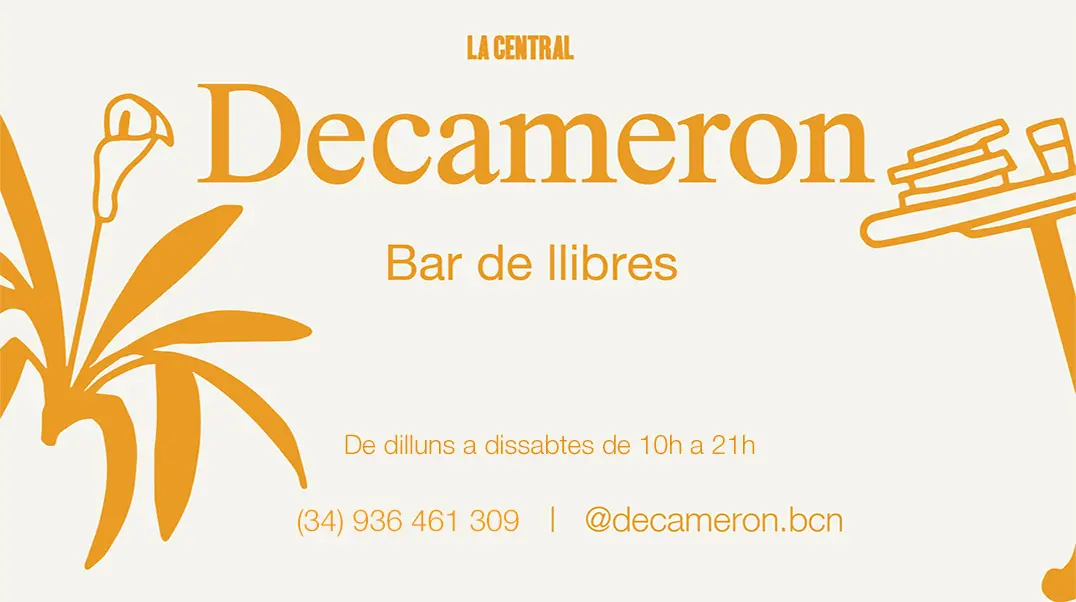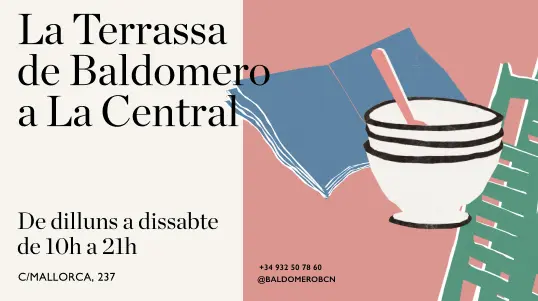Combines. Robert Rauschenberg


Combines. Robert Rauschenberg

Sense existències ara
Rep-lo a casa en una setmana per Missatger o Eco Enviament*Sobre el libro Combines. Robert Rauschenberg de publicado por Steidl al 2005:
Organized by Chief Curator Paul Schimmel, Robert Rauschenberg: Combines will focus on the Combines created roughly between 1954 and 1964, the most important decade in the artist’s 50-year career. The most complete survey of these works ever mounted, the exhibition will feature close to eighty key works drawn from major collections. Poetic and lush, the Combines present layers of complex and sometimes conflicting information. This prescient approach has become increasingly relevant in the current age of cascading information, when even the most groundbreaking artists are referencing and sampling disparate elements to create new forms. The Combines suggest the fragility of definitions, the fluidity of materials, and the complexity of forms that is characteristic of Rauschenberg’s works. The artist’s handling of materials provides a precise physical evolutionary link between the painterliness of Abstract Expressionism and iconographical, subject-driven qualities of early Pop Art. The book will constitute the most complete survey of the Combines ever presented, as well as the most rigorous analysis of their political, social, autobiographical, and aesthetic significance. An introductory essay by exhibition curator Paul Schimmel titled “Reading Rauschenberg” will offer an iconographic analysis of the earlier Combines (1955–59) based on in-depth conversations with the artist. Thomas Crow will address the Combines as the major artistic statement of their time, the one body of art that could simultaneously hold its own with the leading art of older peers like de Kooning and prevail against the coming wave of Pop painting centered on the reproductive image; Branden Joseph will deal with some of the lesser known Combines and reconsider their original critical reception through the contemporary critical filter of the simulacrum; Charles F. Stuckey will trace the lineage of the Combines through early twentieth-century movements, including Surrealism and Dada; and Jean-Paul Ameline will look at the impact of the Combines on European art. The book will also feature an afterword by Pontus Hulten.El llibre Combines. Robert Rauschenberg de pertany a la matèria
Veure altres ressenyes de Art
Ressenya
Marc Fumaroli
“Mundus muliebris”. Élisabeth Louise Vigée Le Brun, pintora del Antiguo Régimen femenino
Vigée Le Brun era hija de padre pintor y, además, esposa de un marchante de arte, hecho este último que la hacía candidata inaceptable en la Academia de pintura y escultura.

Ressenya
Marta Piñol Lloret
Mitos e imágenes
Las imágenes que nos rodean pueden surgir o pueden adquirir un significado mítico. Imágenes próximas, imágenes místicas, imágenes de empoderamiento, imágenes sobre los principios y los finales, tod...

Ressenya
Sarah Watling
Mañana quizá el futuro
Mañana quizá el futuro nos permite a los lectores de hoy entrever cómo en la historia se da constantemente una lucha por el relato, además de vislumbrar a una generación rebelde dispuesta ...

Ressenya
Joana Masó y Éric Fassin
Elsa von Freytag-Loringhoven. La artista que dio cuerpo a la vanguardia
Alrededor del año 2000, el hallazgo de varios documentos inéditos hizo que la crítica planteara la posibilidad de que la Fontaine (1917), obra firmada por R. Mutt, y generalmente atribuida...
















